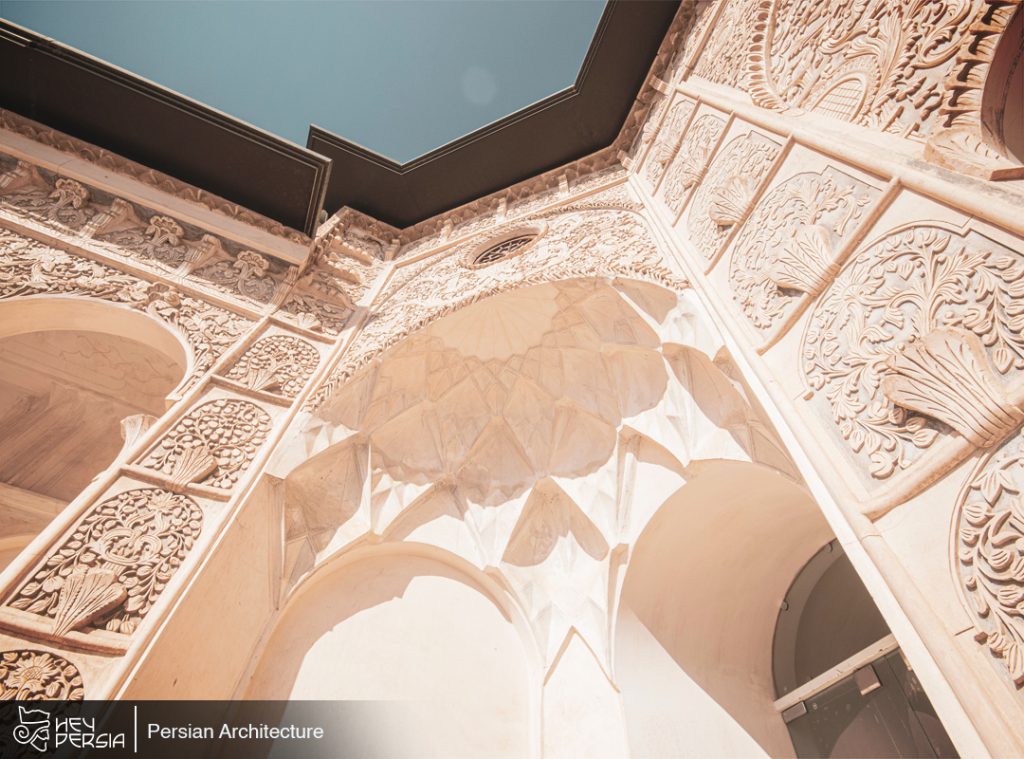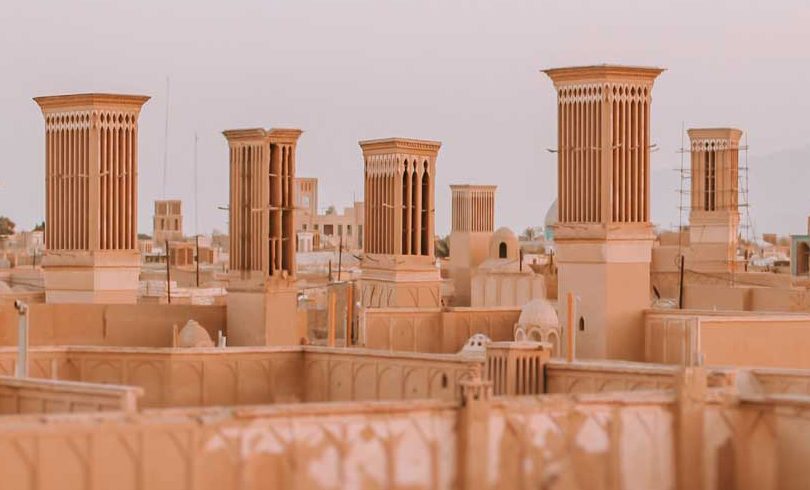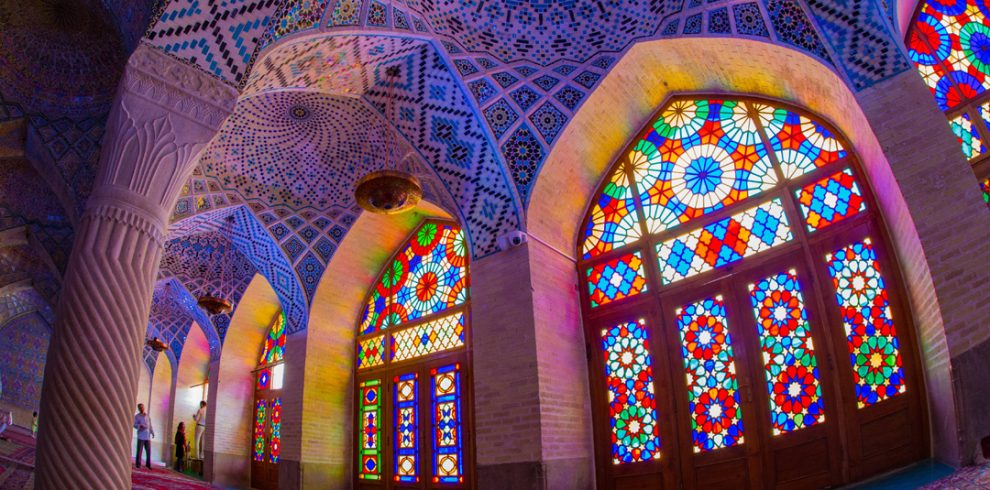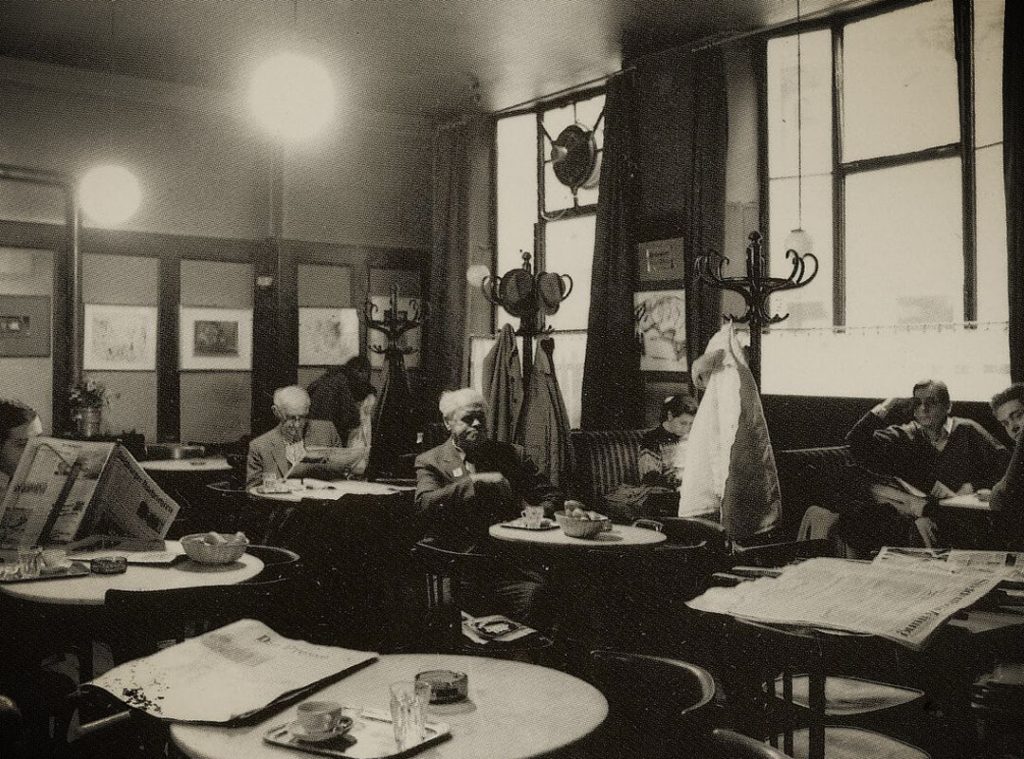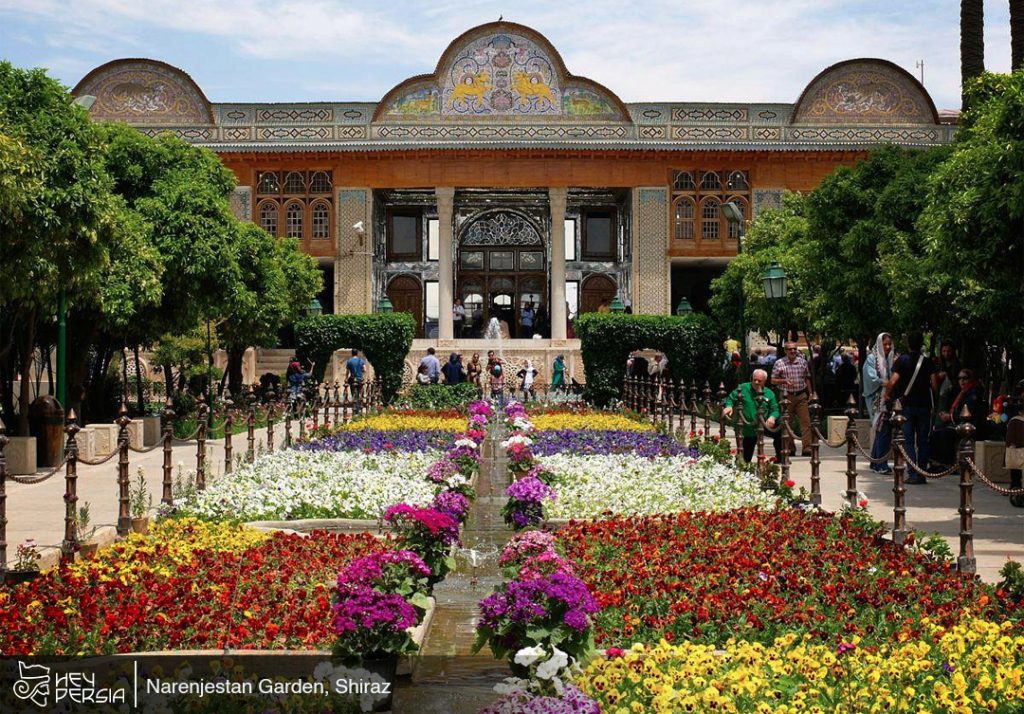The Persian architecture, celebrated for its elegance, innovation, and enduring beauty, stands as a testament to the rich cultural heritage of Iran. Spanning over two millennia, Persian architectural styles have evolved through various dynasties and eras, leaving an indelible mark on world. In this overview, we will explore the key elements, historical developments, and enduring influence of this style. Learn more at Hey Persia.
Historical Roots of The Persian Architecture
Accordingly, Persian architecture’s historical roots can be traced back to ancient civilizations that once thrived in the region, including Elam, the Medes, and the Achaemenids. However, it was during the Achaemenid Empire (6th to 4th centuries BCE) that it began to flourish, marked by the construction of grand palaces, such as Persepolis.
Key Architectural Styles in The Persian Architecture
Persian architecture is characterized by several distinctive styles and elements:
Cyrus the Great
The architectural legacy of Cyrus the Great includes monumental palaces and the construction of the ancient city of Pasargadae. His tomb, known as the “Tomb of Cyrus,” is a prime example of early architecture.
Sassanid Architecture
The Sassanid Dynasty (224-651 CE) further developed Persian architectural styles. Notable features include the use of arches, domes, and intricate brickwork. The Palace of Ardeshir in Firuzabad is a fine example of Sassanid architecture.
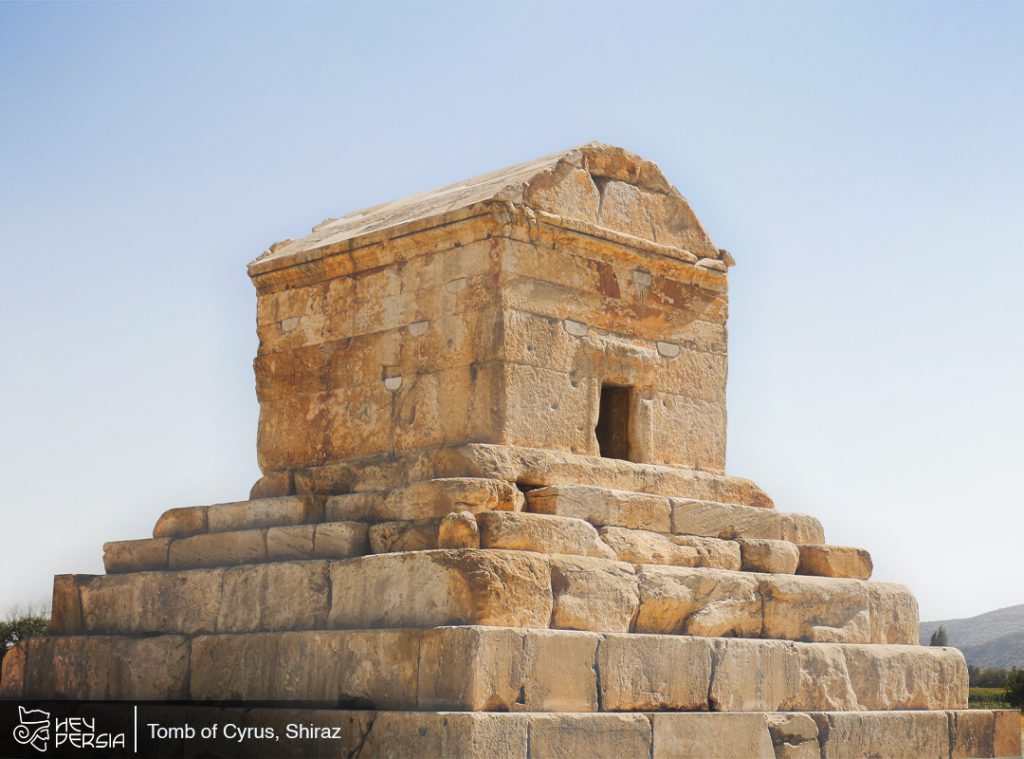
Islamic Architecture
After the Islamic conquest of Persia, Persian architecture merged with Islamic influences, giving rise to unique architectural forms. Elements like minarets, courtyards, and intricate tilework became prominent in mosque and palace design.
Seljuk and Timurid Periods:
The Seljuk and Timurid periods (11th to 15th centuries) saw the construction of magnificent structures like the Jameh Mosque of Isfahan and the mausoleum of Sultan Sanjar in Turkmenistan, both showcasing intricate geometric patterns and tilework.
Safavid Architecture
The Safavid Dynasty (1501-1736) is renowned for its contributions to Persian architecture, including the stunning Sheikh Lotfollah Mosque and the Royal Mosque in Isfahan. These structures exemplify the use of Persian blue tiles and intricate calligraphic designs.
Cultural and Philosophical Significance used in The Persian Architecture
Generally, This style of architecture reflects not only artistic prowess but also cultural and philosophical values:
Sanctity
Islamic architecture in Persia often incorporates elements that reflect spiritual and religious beliefs, such as intricate calligraphy and geometric patterns symbolizing divine perfection.
Harmony with Nature in The Persian Architecture
Persian gardens, integral to architectural design, symbolize the harmony between human creation and the natural world.
Architectural Elements used in The Persian Architecture
Moreover, Several architectural elements define Persian architecture:
Minarets
These tall, slender towers are often part of mosque architecture and serve as the call to prayer.
Iwan
An iwan is a vaulted open room with one side entirely open, often used as an entrance or as a place for gatherings.
Dome in The Persian Architecture
Persia is known for its majestic domes, often adorned with intricate tilework. The domes of the Sheikh Lotfollah Mosque and the Imam Mosque in Isfahan are famous examples.
Tilework
Persian architecture features elaborate tilework with intricate geometric patterns, floral motifs, and calligraphy, typically in shades of blue, turquoise, and gold.
Gardens
Persian gardens, known as “Baghs,” are an integral part of architectural design, characterized by the use of water channels, fountains, and lush vegetation. The Persian Garden, recognized as a UNESCO World Heritage Site, is a prime example.

Influence on The Persian Architecture
Persian architecture’s influence extends beyond Iran’s borders:
Islamic Architecture
Persian architectural elements and styles have significantly shaped Islamic architecture, from Spain to South Asia.
Mughal Architecture
Mughal in India, notably the Taj Mahal, bears the influence of this architecture, particularly in its use of domes, minarets, and intricate tilework.
Contemporary Relevance
Persian architectural elements and designs continue to inspire contemporary architects, both in Iran and around the world. Modern buildings often incorporate Persian motifs and styles as a tribute to this rich architectural tradition.
The Persian Architecture and the universal fame
Finally, With its blend of innovation, beauty, and cultural significance, is a treasure trove of artistic achievement. From the ancient palaces of Persepolis to the mesmerizing tilework of Isfahan’s mosques, It invites us to explore the enduring legacy of Iran’s rich cultural heritage. Generally, Its influence on world architecture underscores its universal appeal, making it a source of inspiration for architects, artists, and admirers of beauty across the globe. It is a living testament to the enduring power of human creativity and the ability to create enduring masterpieces that stand the test of time.

